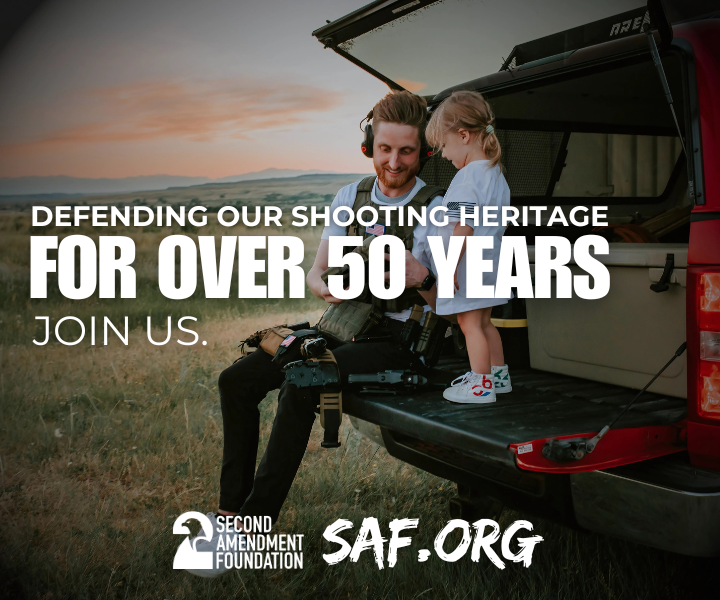
By Dave Workman
Editor-in-Chief
Days after establishment media began a new round of reporting that states with stricter gun control laws saw fewer gun-related childhood deaths than in states with fewer restrictions on gun owners, the National Shooting Sports Foundation has published a rebuttal which essentially calls the claim hogwash.
Writing at the NSSF website, author Salam Fatohi, NSSF Director of Research. observes, “Sadly, gun control advocates in public health lab coats have for years manipulated data to fit preconceived narratives to tug on emotional heartstrings in order to advance an anti-Second Amendment political agenda.”
The newest research results appear in the June issue of the Journal of the American Medical Association (JAMA) Pediatrics, Firearm Laws and Pediatric Mortality in the US. The study says, “These results demonstrate that permissive firearm laws contributed to thousands of excess firearm deaths among children living in states with permissive policies; future work should focus on determining which types of laws conferred the most harm and which offered the most protection.”
Fatohi says not so fast.
“For the media and gun control allies and politicians,” Fatohi writes, “the conclusion is clear: states that respect Second Amendment rights are bad, states with strict gun control are better. The New York Times ran with the story. So too did CNN, never questioning the manipulation of the data, even blindly repeating the original debunked claim ABC News published the story, as did others. It was syndicated and published all across the country countless times.
“But why,” he asks, “do the study’s authors manipulate the data by using estimated, predicted and crude-rate adjusted figures instead of analyzing the real incidents?
“The answer is obvious,” Fatohi assserts. “They did so because the raw figures published by the Centers for Disease Control and Prevention (CDC) tell a very different story.”
Fatohi’s 850-word rebuttal article was posted Monday at the NSSF website. In it, he observes how rebuilding the data set using the same parameters as the JAMA study authors using CDC data “tells a different story.”
“The eight states the authors rated as ‘Strict’ and having the most restrictive gun control laws – California, New York, Maryland, Rhode Island, Illinois, Connecticut, Massachusetts and New Jersey – on average saw more unadjusted adolescent firearm mortality than the 11 ‘Permissive’ and 30 ‘Most Permissive’ states.” Fatohi writes.
Using California and Texas as examples of states “with similarly high populations and diametrically opposing firearm regulations” show the Golden State has more adolescent gun-related fatalities than the Lone Star State “for the pre- and post-McDonald study period.”
According to KFF, which describes itself as, “The independent source for health policy research, polling, and news,” firearm death rates among children and adolescents jumped 46 percent from 2019 to 2021, “primarily driven by gun assaults.” Then from 2021 to 2023, the firearm death rate leveled off, at 3.5 per 100,000 children and adolescents, KFF says.
But then a 38-page report from the California Office of Gun Violence Prevention—an offshoot of the Biden administration’s White House office of the same name—asserts the state “has made especially significant progress in reducing rates of youth gun homicide since 2006.”
“Even after significant pandemic-era increases, California’s youth gun homicide rate in 2022 was nearly 50% lower than it was in 2006,” the report states. “In contrast, the next two most populous states after California — Florida and Texas — experienced substantial increases over this same period, with youth homicide rates rising by 24% in Florida and 49% in Texas.
“In 2022, California’s youth gun homicide rate (3.3 per 100,000) was just over half the rate recorded in both Florida (6.0) and Texas (6.0).”
The report’s source for this information was an “analysis of age-adjusted firearm homicide data from CDC WONDER for 2002-2022 (2022 data provisional).”
“The firearm industry isn’t deterred or distracted by biased studies that push political narratives,” Fatohi writes. “For decades, the firearm industry has brought forward effective and proven firearm safety initiatives to keep firearms beyond the reach of those who should never have them.”


